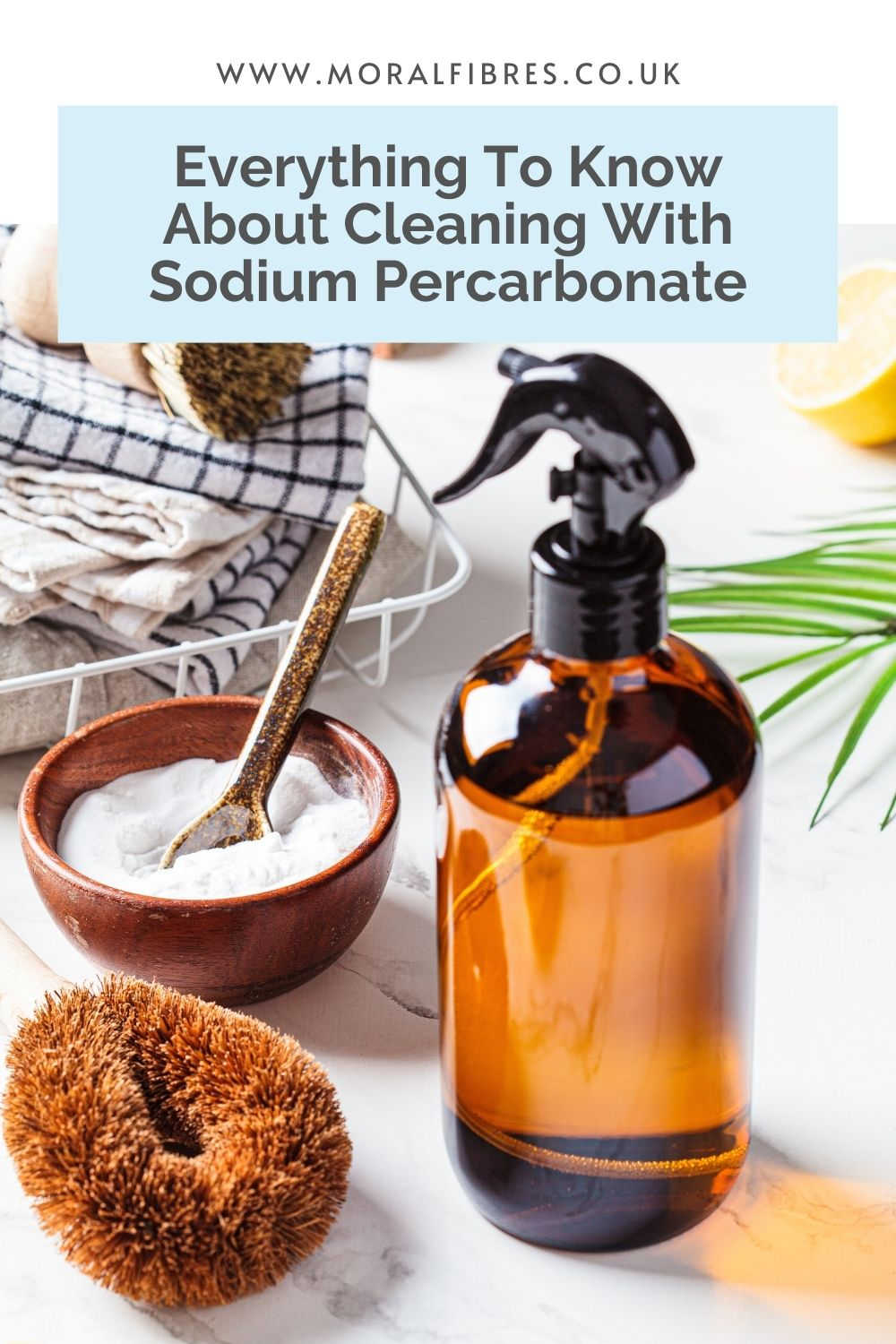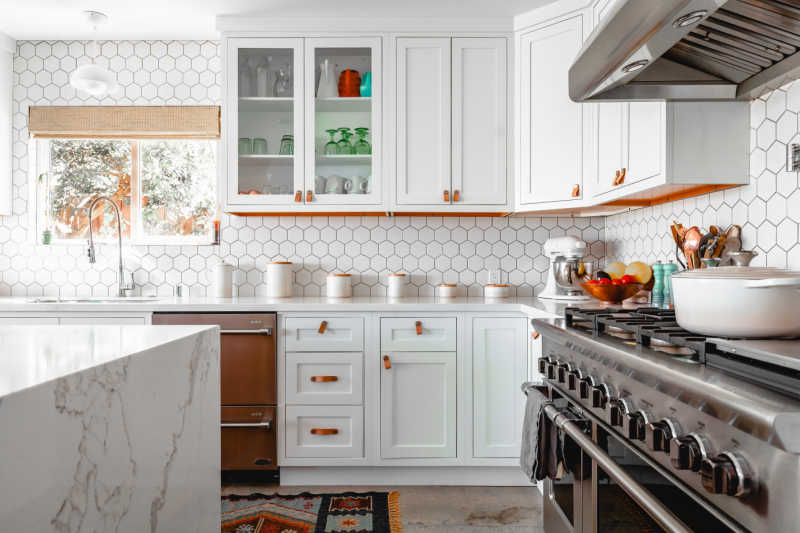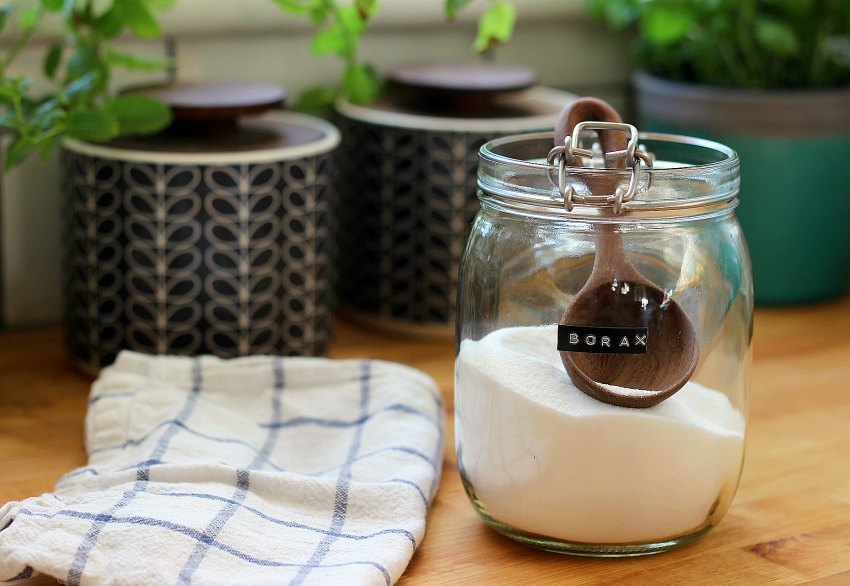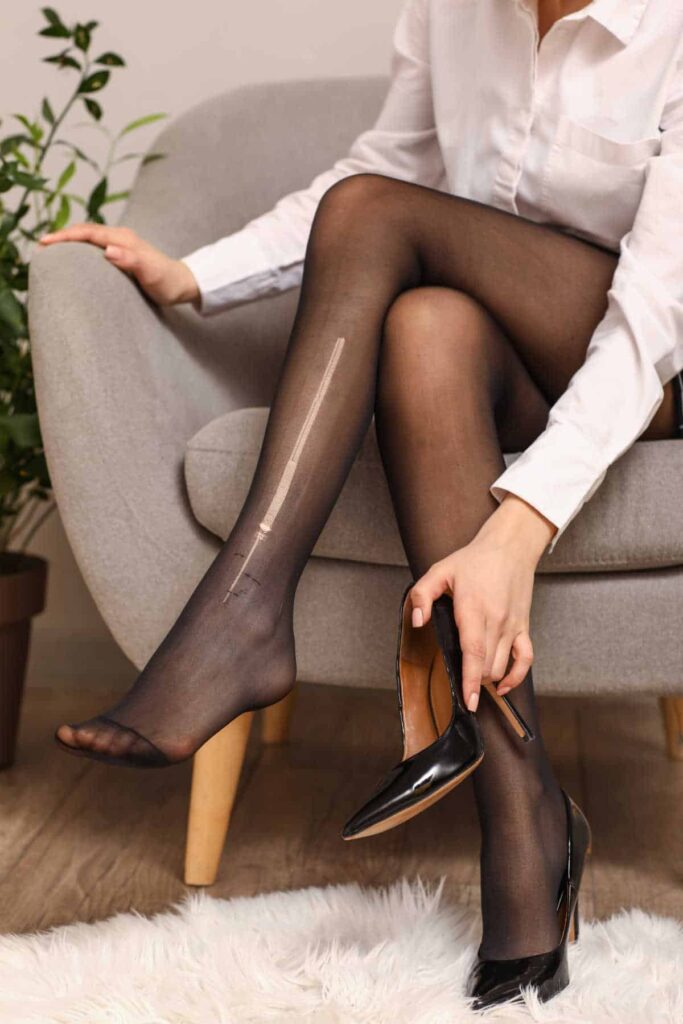Cleaning With Sodium Percarbonate – Everything To Know
To support the running costs of Moral Fibres, this post may contain affiliate links. This means Moral Fibres may earn a small commission, at no extra cost to readers, on items purchased through these links.
Got questions about cleaning with sodium percarbonate? Here’s almost everything you need to know about this more natural cleaning product – from what it is, how to clean with it, what not to clean with it, where to buy it, and more.
You might have heard about sodium percarbonate on social media, but have been put off by the name. I promise sodium percarbonate is not as scary as it sounds.
To help put your mind at ease, here is almost everything you need to know about cleaning with this green cleaning product. From laundry to using it around your home, and all the questions you might have about this natural cleaning wonder.
Everything You Need To Know About Sodium Percarbonate

If you’re in a hurry, you can use the quick links below to get a direct answer to your question about sodium percarbonate. Or you can simply keep scrolling to read the full post:
- What Is Sodium Percarbonate?
- Is Sodium Percarbonate The Same As Oxygen Bleach?
- Is Sodium Percarbonate The Same As Bleach?
- How Do I Use It In My Laundry?
- Can I Use Sodium Percarbonate As A Cleaning Product?
- What Should I Not Clean With Sodium Percarbonate?
- Is It Eco-Friendly?
- Is It Harmful To Humans?
- Is Sodium Percarbonate Safe For Use Around Pets?
- Where Can I Buy Sodium Percarbonate?
What Is Sodium Percarbonate?
Sodium percarbonate is a white crystalline powder. It is made from sodium carbonate, which is more commonly known as soda ash or soda crystals, and hydrogen peroxide, a bleaching agent.
When dissolved in water, sodium percarbonate releases a mixture of oxygen, water, and soda crystals. This makes sodium percarbonate particularly great when used for laundry applications. It’s brilliant at gently removing stains on both white and coloured clothing. And it acts as a great natural whitening agent for white or light clothing, without releasing any harmful chemicals that can contaminate our waterways.
Sodium percarbonate also has a deodorising action. This means it helps get bad smells out of your laundry. Meanwhile, the presence of soda crystals also softens the water and boosts the efficiency of regular laundry detergents.
Whilst sodium percarbonate is best known for its use in laundry, it does have lots of other natural cleaning applications around the home.
Is Sodium Percarbonate The Same As Oxygen Bleach?
Sodium percarbonate is the same thing as oxygen bleach. Some brands use the term oxygen bleach as it is easier for consumers to understand what the product does, compared to using the more scientific term sodium percarbonate. Rest assured it is the same thing!
The only thing to note is that some brands of oxygen bleach can be mixed with other ingredients. Sodium percarbonate is incredibly effective on its own, without the use of additional ingredients. So do check the label that you are only buying pure sodium percarbonate.
Is Sodium Percarbonate The Same As Bleach?
Whilst sodium percarbonate is a bleaching agent, it is not the same as chlorine bleach.
In sodium percarbonate, the active ingredient is hydrogen peroxide. When dissolved in water, this quickly breaks down into oxygen and water. Hydrogen peroxide is commonly used in dental products, such as mouthwashes. As such, it is generally considered safe for use at low doses.
Meanwhile, in chlorine bleach, the active ingredient is sodium hypochlorite. This is a corrosive disinfectant that even at low doses can be harmful to health.
In terms of laundry, chlorine bleach may remove dye from clothes. Repeated use of chlorine bleach can also cause fabric to deteriorate. However, sodium percarbonate does not remove dye from clothes. Instead, it whitens whites and brightens colours, without causing damage to the fabric.
How Do I Use It In My Laundry?

Sodium percarbonate has many uses when it comes to laundry. As sodium percarbonate is generally suitable for use on white, light, and dark-coloured clothing, it’s a real multi-tasker.
To boost the performance of your laundry detergent, simply add 1 tablespoon of sodium percarbonate to the drum of your washing machine. For tough stains, add an additional tablespoon. Next, run your usual wash cycle as normal, adding your usual laundry detergent.
For whitening clothes, you will get the best results by using sodium percarbonate as a pre-soak. In this case, add 2 tablespoons of sodium percarbonate per 4 litres of warm water, and then soak your clothing for six hours. Then wash your clothes as normal.
To spot tackle stains on clothing, mix a little sodium percarbonate and warm water into a paste, and leave the paste to sit for 15 minutes. Next, apply the paste directly to the stain and gently rub the fabric. Then wash your item of clothing, following the washing instructions on the care label. Always spot test on an inconspicuous area of the clothing first, to ensure it won’t cause any damage to your clothing.
Can I Use Sodium Percarbonate As A Cleaning Product?

Whilst sodium percarbonate is predominantly used in laundry, it can be used as a cleaning product around your home. Here are some uses for all around the home.
For each use, do note that sodium percarbonate does bubble up when mixed with water. So always make sure you use a large enough container to mix it up in!
Bathroom
- To clean the grout between your tiles, simply mix a little sodium percarbonate with just enough warm water to make a paste. Wait for 15 minutes for the sodium percarbonate to activate, and then apply the paste with an old toothbrush. Then rinse off for super clean grout.
- Remove mould and mildew from your shower curtain by soaking it for six hours in a solution of two tablespoons of sodium percarbonate per 5 litres of hot water. Then wash it in your washing machine on your regular wash cycle.
- To clean your toilet, add six tablespoons of sodium percarbonate to your toilet bowl. Then wait 15 minutes, and then scrub clean with your toilet brush.
Kitchen
- For tackling tea or coffee-stained mugs with ease, simply add 1 – 2 teaspoons of sodium percarbonate to each mug. Then fill each mug with freshly boiled water. Leave to soak for at least 15 minutes, pour out the solution, and then wash your mugs as normal for mugs that gleam!
- Got a stinky sink or drain? Put the plug in, and then sprinkle one to two tablespoons of sodium percarbonate in your sink. Add hot water, and leave to sit for 15 to 20 minutes. Once the time is up, take the plug out, and wipe down your sink, followed by a rinse of water. This will freshen up both your sink and drain.
- Got a dirty or stinky fridge? To kill mould and mildew and tackle food stains, again, mix half a tablespoon of sodium percarbonate with 250 ml of warm water. Next, decant the solution into a spray bottle. Spray your fridge and let the solution stand for around 15 minutes. Then rinse and wipe down with a damp cloth.
- If you have any fridge cleaning solution left, then this same solution can also be used as a general cleaning spray to naturally clean and deodorise your kitchen. Simply spray, allow to sit for 15 minutes, and then rinse and wipe down with a damp cloth.
Do note that this cleaning solution shouldn’t be used in the long term to clean your kitchen. Sodium percarbonate loses its effectiveness after about 6 hours of first being dissolved in water. Therefore, making up a cleaning spray for longer-term use is impractical. Use a citric acid cleaning spray, vinegar spray, or a liquid castile soap cleaning spray instead for this purpose.
Living Room
- To tackle upholstery stains, mix half a tablespoon of sodium percarbonate with 250 ml of warm water and decant it into a spray bottle. Spray the sodium percarbonate solution onto the stain, and gently scrub with a stiff brush. Leave the solution on the stain for 5 to 10 minutes, and then pour a little fresh water over the stain, and blot with a clean towel or cloth.
Do note, that it is always important to test an inconspicuous area first before using this solution on your upholstery. It isn’t suitable for use on wool-based carpets. And do note that fabrics that are prone to water stains will not be suitable to use sodium percarbonate on.
What Should I Not Clean With Sodium Percarbonate?
Sodium percarbonate is generally safe to use in most applications. However, it should never be used to wash wool or silk. See my guide on how to wash wool instead.
Is It Eco-Friendly?
Sodium percarbonate is made from soda ash. To produce soda ash, the naturally occurring minerals nahcolite and trona are mined from the ground, and these are then refined into soda ash.
Opencast mining doesn’t tend to be used to extract raw materials. Instead, water is injected into the ground. This then returns the saturated water to the surface, and the raw materials can be extracted by evaporating the water.
Having to mine the raw materials does sound problematic. However, whilst trona and nahcolite are non-renewable resources, they are not fossil fuels. This means their usage does not emit greenhouse gases.
The Solvay Process
Soda ash is also often produced in large quantities in an industrial process called the Solvay Process.
Here, salt obtained from either salt mines or the sea is combined with limestone, derived from limestone quarrying, to produce soda crystals.
Unfortunately, it’s not an altogether environmentally friendly process. The Solvay Process is energy-intensive, and it has been associated with widespread pollution and water contamination near Solvay Process plants.
Should We Not Boycott Soda Ash?
In reading this, you might think the answer is to avoid all-natural cleaning products containing soda ash. However, boycotting natural cleaning products won’t make a blind bit of difference. This is because it isn’t just natural cleaning products that use soda ash. Soda ash is actually a fundamental yet invisible ingredient in all of our daily lives.
Over half of all soda ash production is used in glass manufacturing. It is also an integral component in soap, textile manufacturing, and the making of rechargeable batteries. And it is ubiquitous in the food, cosmetics, cleaning products, and pharmaceutical industries. It’s even in products such as toothpaste. There’s simply no way to avoid it.
Soda ash is also increasingly being used to reduce air pollution. It is used to remove sulphur dioxide and other harmful chemicals from exhaust fumes in shipping and other industrial gas emissions.
All products have an impact. However, given that soda ash is used ubiquitously in many products that we depend on then it will be extracted anyway. Calls to clean up the soda ash industry should be supported, but boycotting one tiny part of the market won’t make an impact on production levels.
Sodium percarbonate is effective at cleaning our clothes and our homes. As one box can replace a myriad of toxic cleaning products and many plastic bottles, I personally consider it eco-friendlier than any conventional cleaning product. Of course, do make your own judgment on this.
Is It Harmful To Humans?
Although a natural cleaning product, it is always important to remember that natural cleaning products are not ‘chemical-free’. However natural it sounds, sodium percarbonate is still a chemical, that can cause harm if handled incorrectly.
Sodium percarbonate is generally a safe product to use, and it has not been found to be carcinogenic. However, there are some safety considerations to make when cleaning with it.
If breathed in, sodium percarbonate can upset your respiratory tract. To help prevent any respiratory upset, use sodium percarbonate in a well-ventilated room.
Sodium percarbonate can also irritate your eyes. As such, you should take care not to rub your eyes before washing your hands.
Prolonged contact with the skin can also cause irritation. I would wear rubber gloves if you are using sodium percarbonate on a daily basis, or if you have particularly sensitive skin.
Sodium percarbonate should also be kept away from children and pets, as it should not be consumed.
The safety concerns do sound a little scary. However, with some general common sense, sodium percarbonate poses no more risk than using any conventional cleaning products – many of which carry the same warnings.
Is Sodium Percarbonate Safe For Use Around Pets?
Using sodium percarbonate in your laundry or to clean your home should be safe for pets, as it quickly breaks down into oxygen. However, I would encourage you to do your own research on this to double-check that it would be safe for your circumstances and for your pet.
What I would say is that as sodium percarbonate can be poisonous when ingested, don’t use it when your pet is in the room.
Where Can I Buy Sodium Percarbonate?
If you’ve been convinced to start cleaning with sodium percarbonate, then it is readily available online from retailers like Big Green Smile and &Keep, offering both plastic and plastic-free options.
Big Green Smile, for example, sells it in a variety of sizes. A 500 g plastic tub costs just £6.99. If you’d rather avoid plastic, Big Green Smile also sells a 1 kg plastic-free paper bag for £7.15, which also works out more cost-effective. If that is out of stock, then &Keep sells a 750 g plastic-free bag of sodium percarbonate for £5.95.
I’ve got a full guide on where to buy sodium percarbonate if you need any more suggestions.
Hopefully, this post gives you the information you need to start cleaning with sodium percarbonate. If you have any more questions, please don’t hesitate to ask in the comments below. And for more green cleaning inspiration, do check out my guide to natural cleaning products to DIY.
Found this post useful? Please consider buying me a virtual coffee to help support the site’s running costs.




